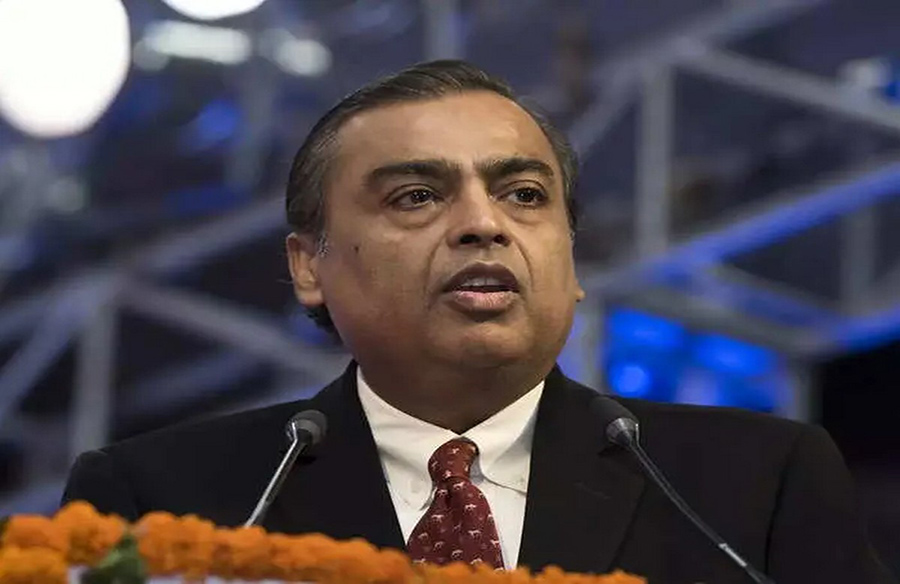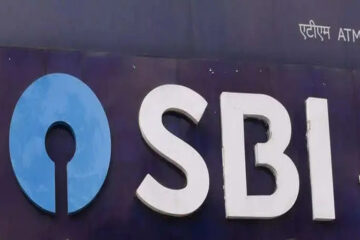Reliance Industries’ Debt Reduction and Capex Outlook

Reliance Industries Limited (RIL) has made significant strides in reducing its net debt in the second quarter (Q2) and has outlined plans for a considerable slowdown in capital expenditure (capex) intensity for 2024. Despite challenges reflected in a 10% decline in its shares this year, RIL’s recent financial moves and strategic guidance signal a shift in investor sentiment.
Debt Reduction and Capex Guidance
RIL’s net debt has decreased sequentially to $14.2 billion, marking a positive trend in its financials. Moreover, the company has indicated a “significant slowdown in capex intensity in 2024,” a move aimed at addressing investors’ concerns about its continuous high spending.
Morgan Stanley analysts are optimistic about RIL’s monetization plans, expecting the realization of $35 billion in capex, which could present an attractive risk-reward proposition. The bank notes that RIL’s earnings quality has improved, citing better-than-expected oil-to-chemical margins, retail sales growth, and debt reduction, coupled with a forecasted slowdown in capex for 2024.
Focus on Debt Reduction and Cash Flows
RIL’s elevated capex and negative free cash flows have been a point of contention among investors. While the company’s capex in the September quarter was substantial, reaching ₹38,800 crore ($4.7 billion), it has been actively monetizing assets through stake sales, such as in its retail business, which raised ₹15,300 crore. This strategic approach has contributed to a reduction of ₹8,000 crore in net debt over the last six months, now standing at ₹1.17 trillion.
However, despite efforts to lower debt, RIL experienced negative free cash flows (post-interest) of ₹1,900 crore, primarily due to continued high capex. The first half of FY24 saw RIL’s capex at ₹19,000 crore, with interest costs amounting to ₹7600 in 2QFY24.
Analyst Perspectives and Future Prospects
HSBC Global Research acknowledges RIL’s strengths in its core businesses – Oil-to-Chemicals (O2C), retail, and digital services – noting their self-sustainability and cash generation capabilities. While investments in new energy initiatives are expected to fuel growth, they may necessitate interim financial commitments.
Looking ahead, RIL anticipates a slowdown in capex intensity, particularly as 5G rollout commences in December 2023 and potential stake sales attract new investors for some retail assets. Challenges persist in the O2C segment due to macroeconomic factors and capacity commissioning.
Despite RIL’s valuations trading at a discount compared to peers and historical averages, there are lingering concerns about O2C segmental earnings and wireless earnings, with no anticipated immediate positive shifts in these areas. However, with strategic debt reduction measures and a revised capex strategy, RIL aims to navigate these challenges while capitalizing on emerging growth opportunities.













